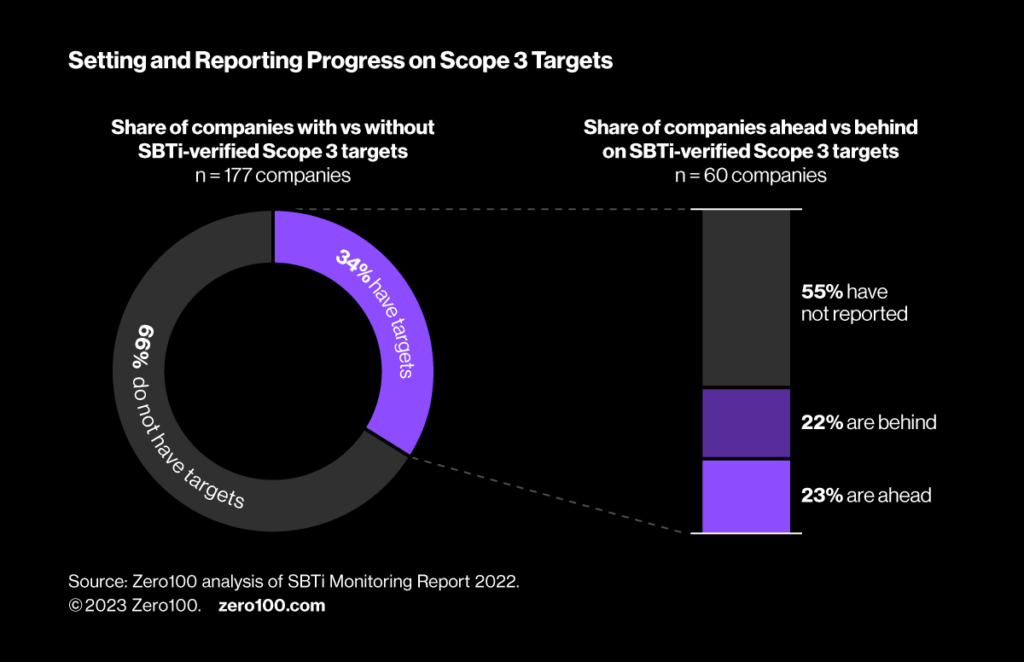

Progress on Digital Leads to Progress on Scope 3
Tackling Scope 3 carbon is hard, but those who have invested in building out a full digital roadmap are significantly more likely to be ahead of the curve. The first steps are verifying your work, benchmarking against peers, and owning your successes and failures by setting an ambitious science-based target.
Key Takeaways
-
1
In an analysis of nearly 200 leading supply chain organizations, only 34% have adopted SBTi-qualifying Scope 3 emissions targets.
-
2
Among companies with SBTi targets, 55% have not reported progress, 23% are ahead, and 22% are behind on their goals.
-
3
Companies leading on digital hiring are 27 percentage points ahead on meeting their Scope 3 emissions targets compared to their less digitally savvy peers.
Commit, Collaborate, and Go Digital
Addressing the detrimental impacts of industry on the environment, particularly notoriously elusive Scope 3 carbon emissions, is no easy feat. Taking decisive action, embracing collaboration and communication, and investing in digital solutions differentiates climate leaders from laggards. A notable example of a leader is the China Hongqiao Group, one of the world’s largest aluminum producers in the world, which, in a bold move expected to cut carbon pollution by 30%, shut down 1.5 million tons of smelting capacity to transition from coal electricity to hydroelectric power – landing them on the TIME 100 Climate List.
But how to go from laggard to leader? To start, commit to a science-based target. With the goal of enabling companies worldwide to halve emissions by 2030 and achieve net zero before 2050, The Science Based Target Initiative (SBTi) reviews emissions targets and, if aligned with the established requirements and guidelines, certifies them as SBTi-approved. Having an SBTi-approved target allows for easier tracking and benchmarking, enforces accountability, and gives validity to claims.
Then what? To advance towards those targets, embrace tech. Our analysis shows that the companies leaning into digital transformations are 27 percentage points ahead of their peers when it comes to achieving their Scope 3 emissions targets. Companies leading on digital hiring are also more likely to have kicked off their Scope 3 targets sooner. Of the 100 largest B2C companies in the world, the top five had an average start date of 2016 for their Scope 3 SBTi initiatives, compared to mid-2017 for the rest of the pack.
Unilever, a Scope 3 trailblazer that mentions digital skills in nearly a quarter of its supply chain roles, demonstrates the importance of collaboration and innovation. In February, the CPG giant joined Reckitt, P&G, and 12 others in a carbon capture consortium called “Flue2Chem.” Together with two chemical firms, Unilever developed, piloted, and is launching a new manufacturing process for soda ash that reduces GHG emissions by over 60%.
On the opposite end of the spectrum are companies intentionally staying quiet about climate change for fear of public scrutiny in a phenomenon known as “green hushing.” Green hushing may be part of the reason why only about a third of supply chain organizations have adopted SBTi-qualifying Scope 3 emissions targets – of those organizations, less than a quarter have made progress (55% have not reported, and 22% are behind).

Our analysis helps prove out what many supply chain practitioners are already feeling – tackling Scope 3 carbon is hard (for everyone) – but those who have invested in building out a full digital roadmap are significantly more likely to be ahead of the curve. The top ten leaders focused on digital hiring in our dataset are more likely to have publicly set SBTi targets by a factor of 40% and to have made more progress towards those targets (specifically, by a factor of 27 percentage points). Supply chain teams must dive deep into the intricacies of managing and measuring GHG emissions (follow these steps to get started) and effectively develop scenario analyses to identify focus areas for tech development, either in collaboration with solution providers or experimenting with building in-house. Our Carbon Through a Supply Chain Lens report can be used as a starting point to identify tech needs for today and tomorrow.
To see a different data cut or to dig deeper into this topic, reach out to our Head of Research Analytics, Cody Stack, at Cody.Stack@zero100.com.
Methodology
Zero100’s proprietary data and analytics are a combined effort between our data scientists and research analysts. We provide data-first insights matched with our own research-backed points of view and bring this analysis to life via real-world case examples being led by supply chain practitioners today.
For this study, we analyzed SBTi data from 177 supply chain organizations and 2.4 million LinkedIn job posts from 100 B2C companies. Our analysis categorizes listings based on mentions of specific digital skills within job titles and descriptions.